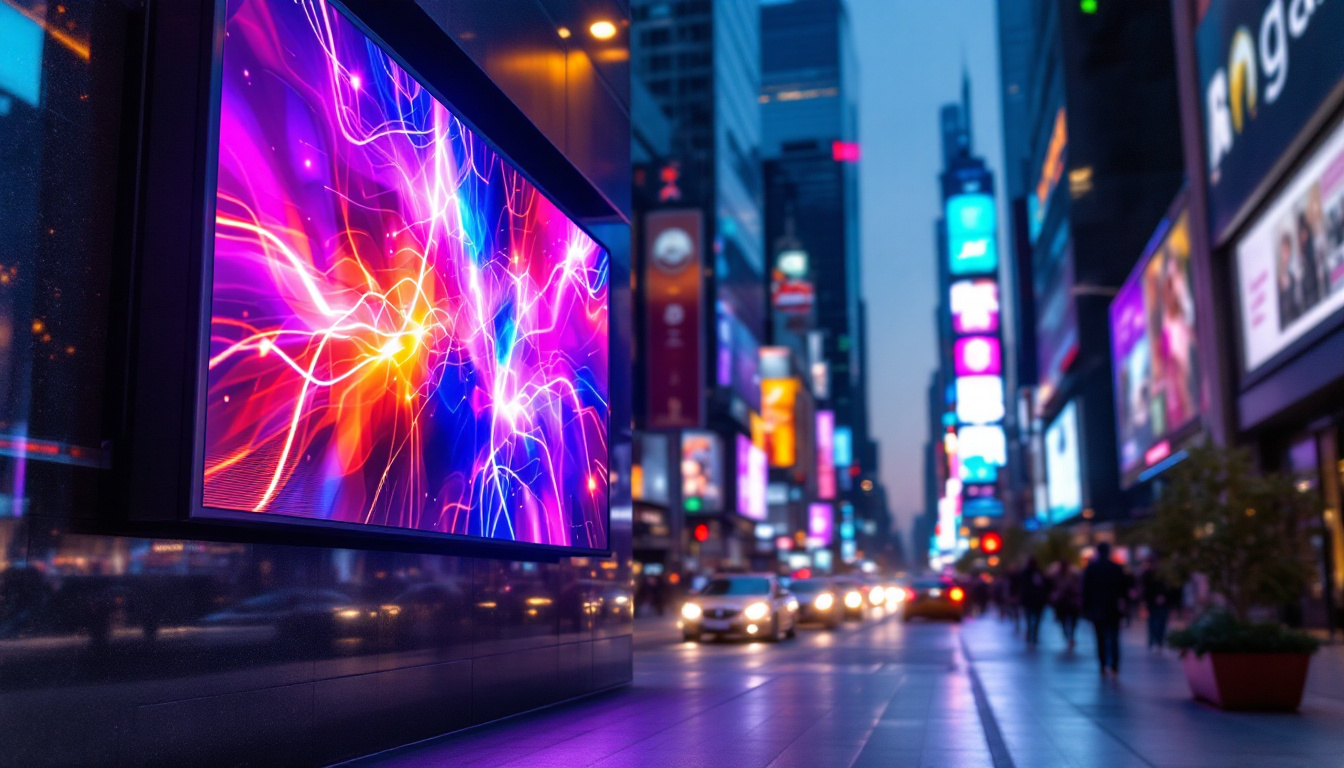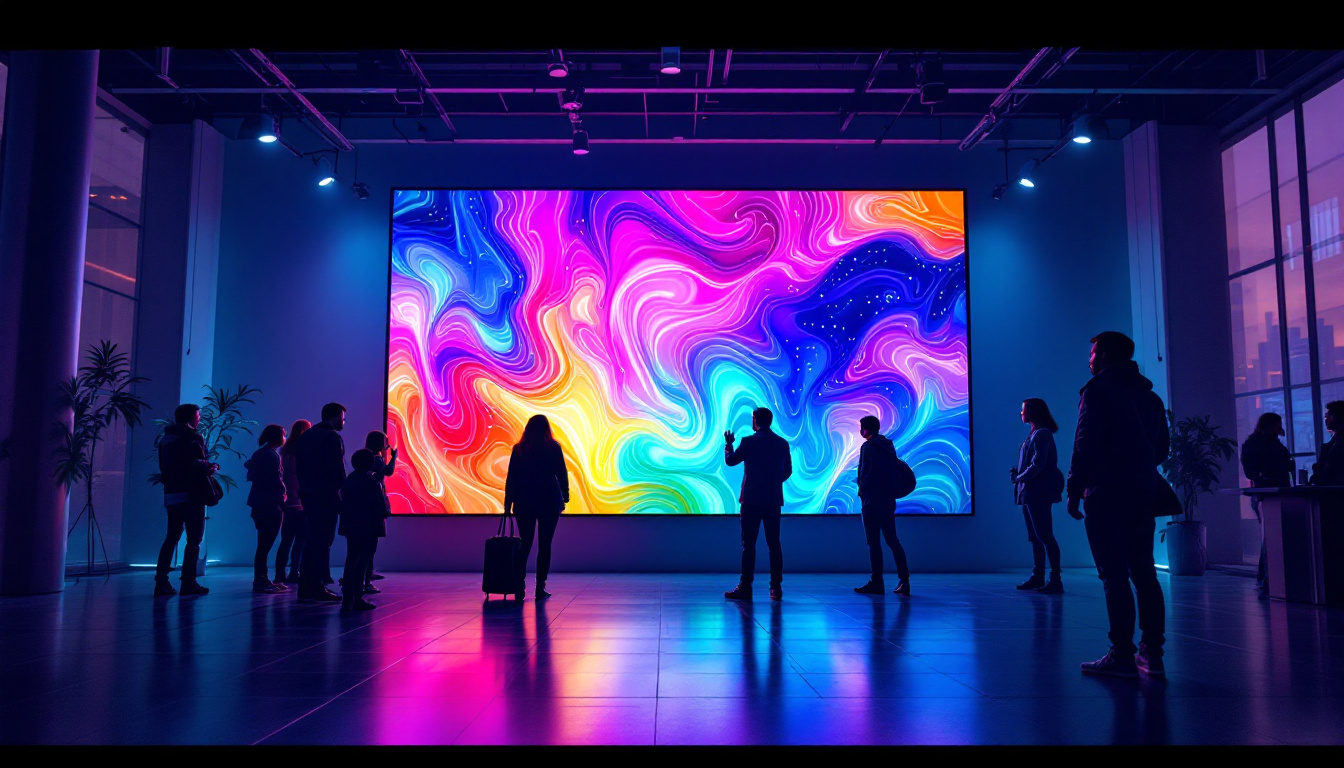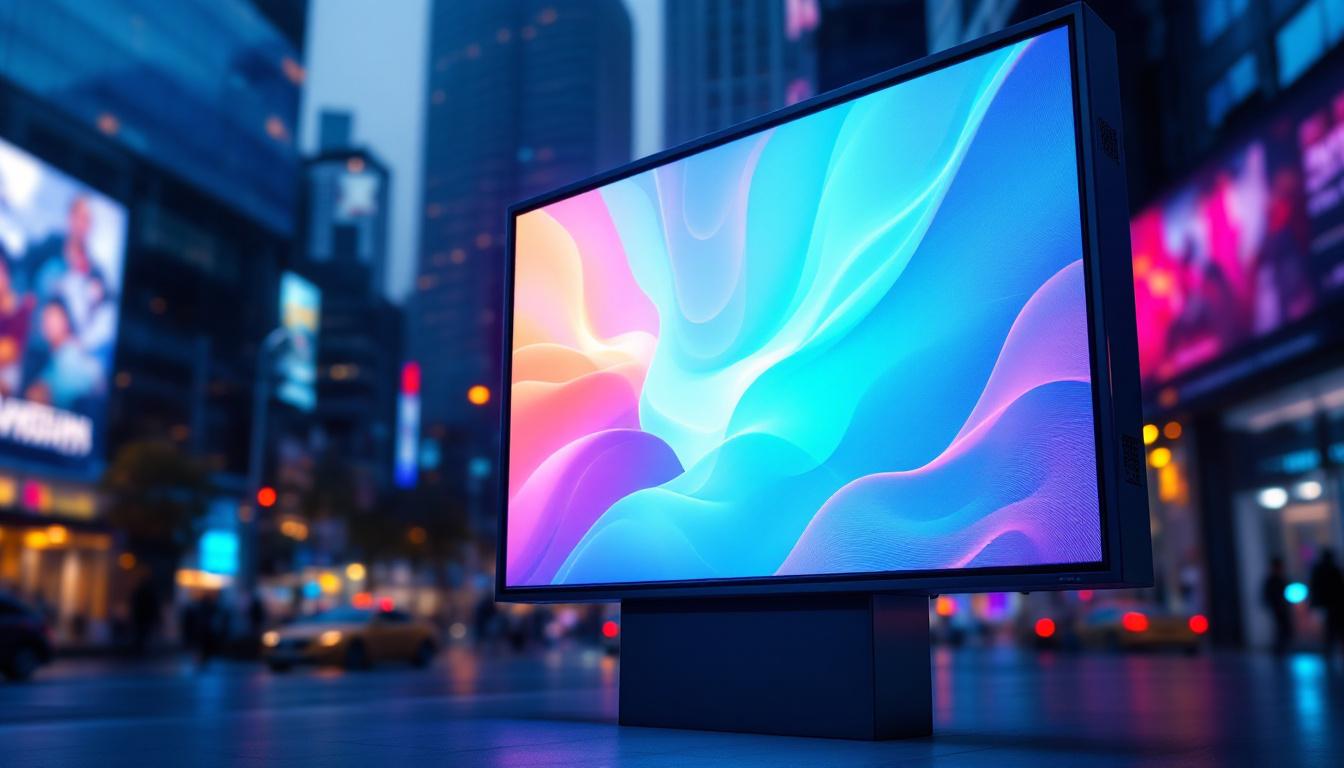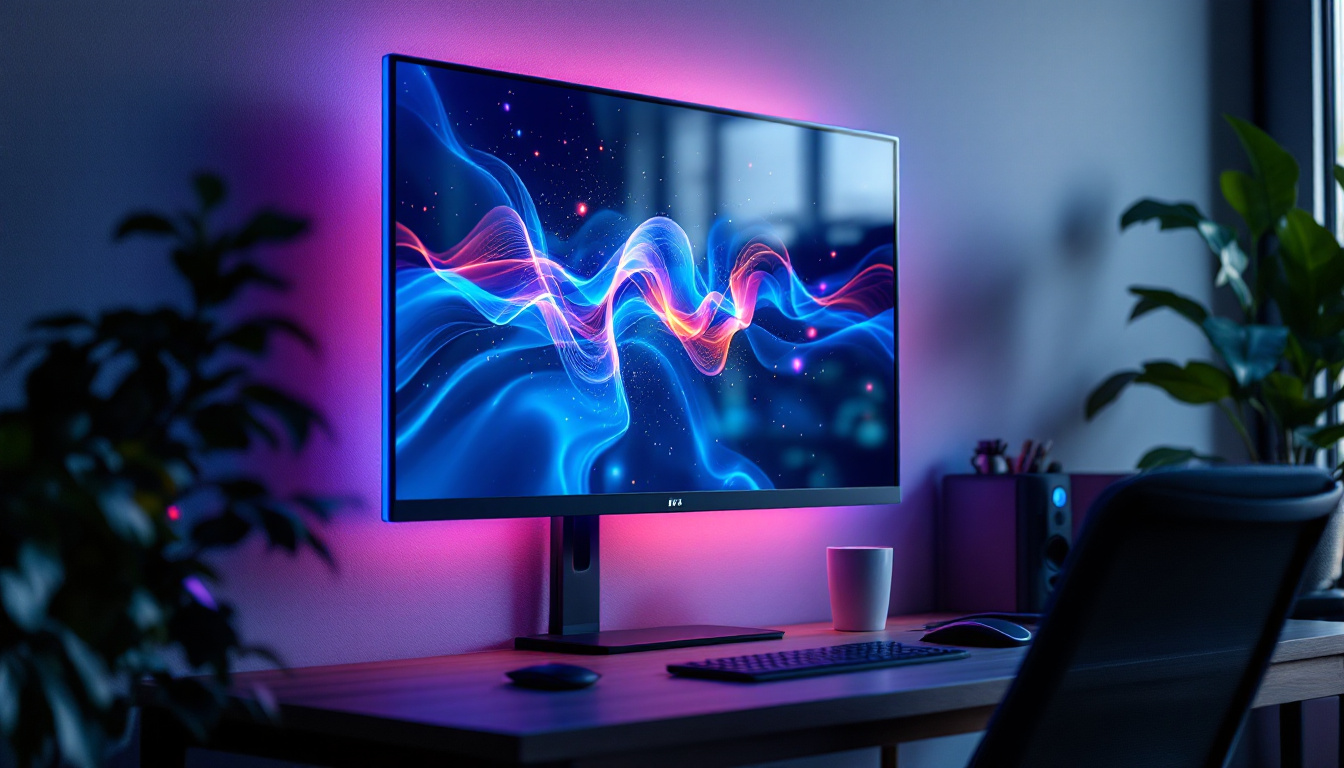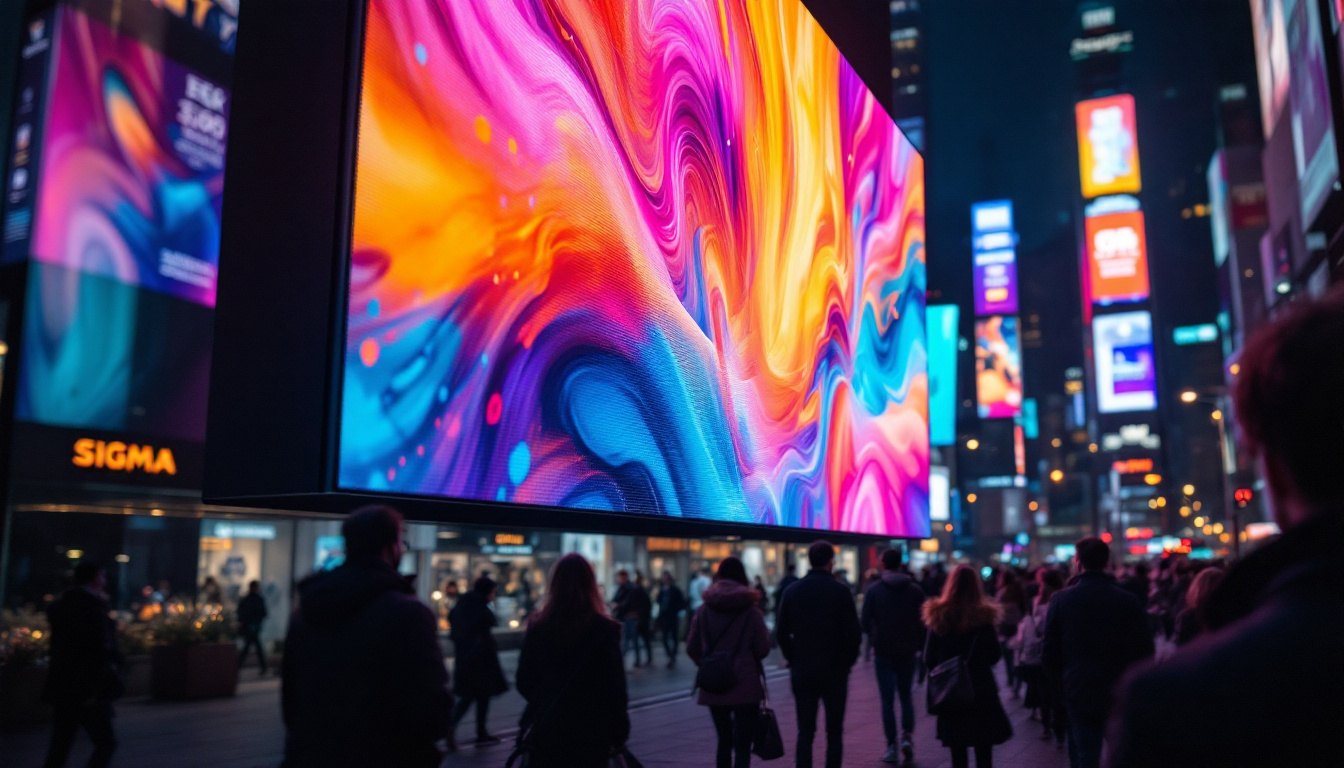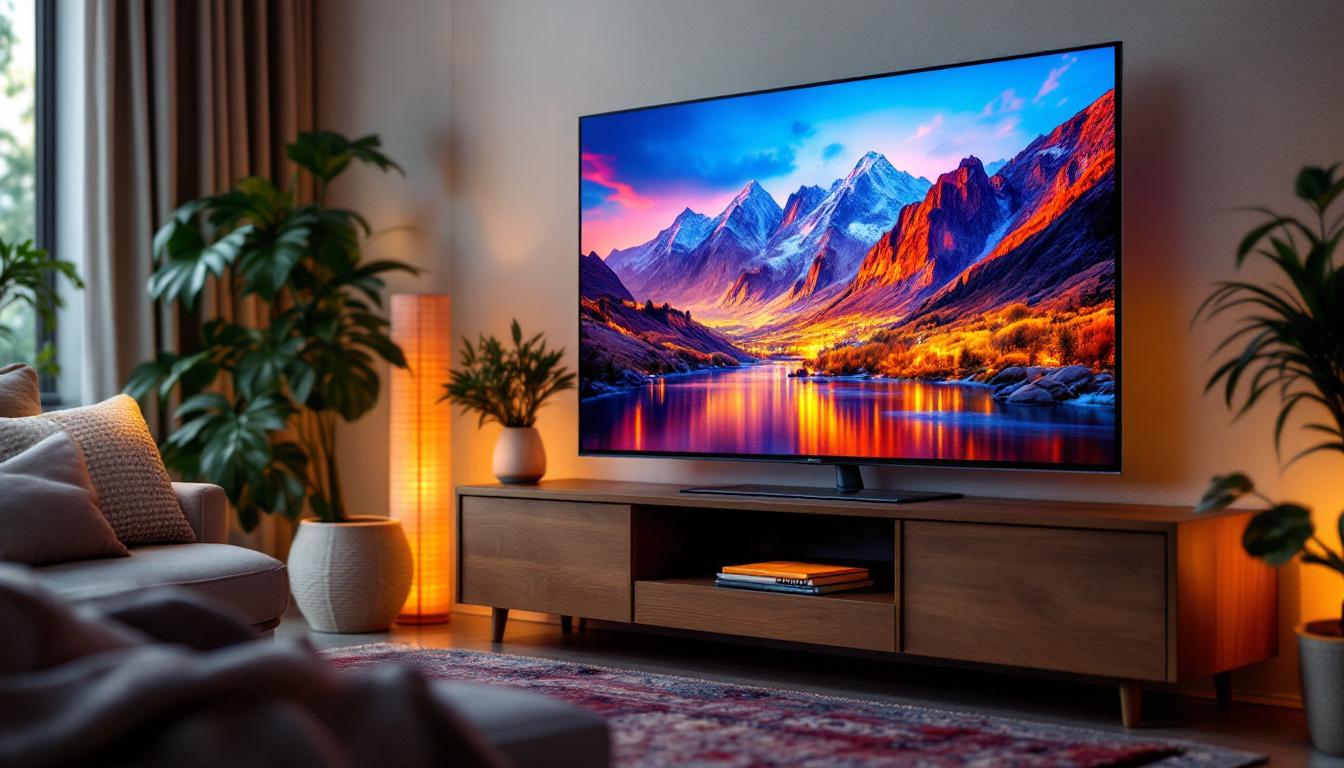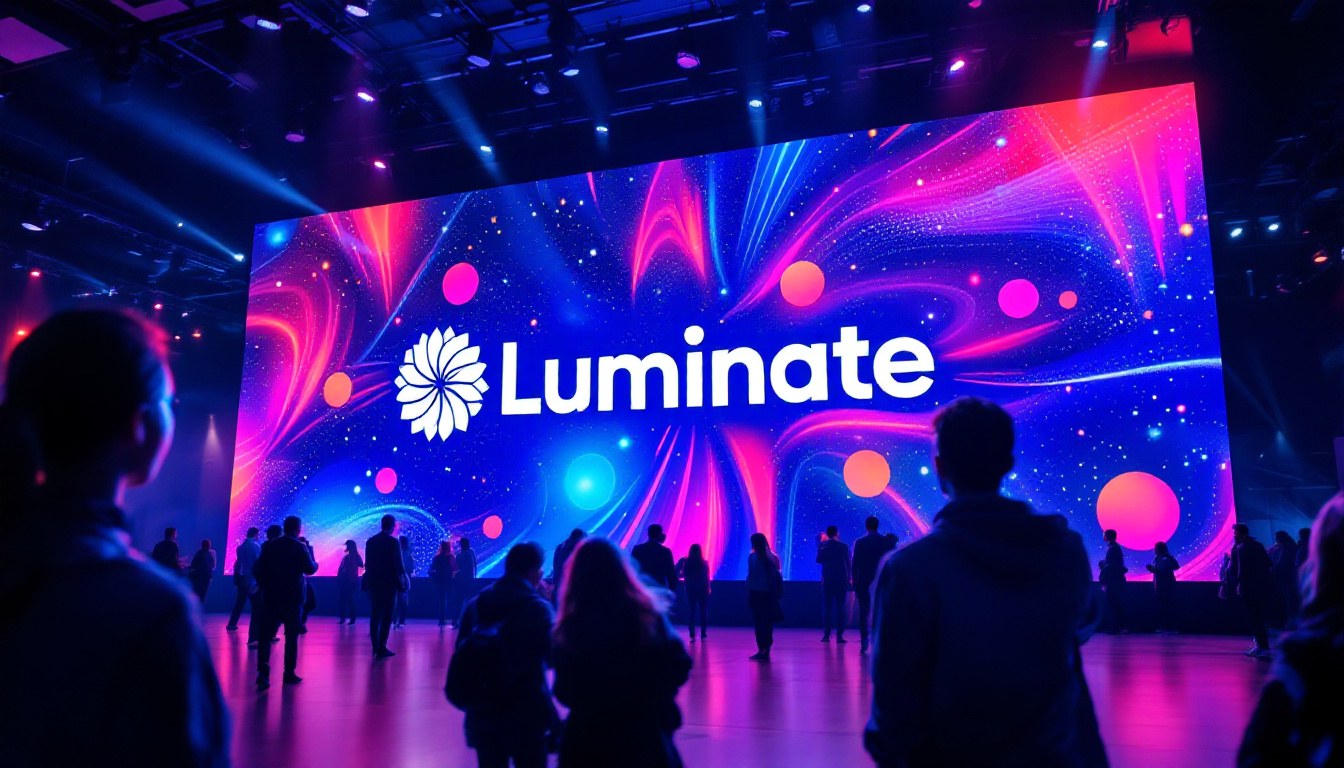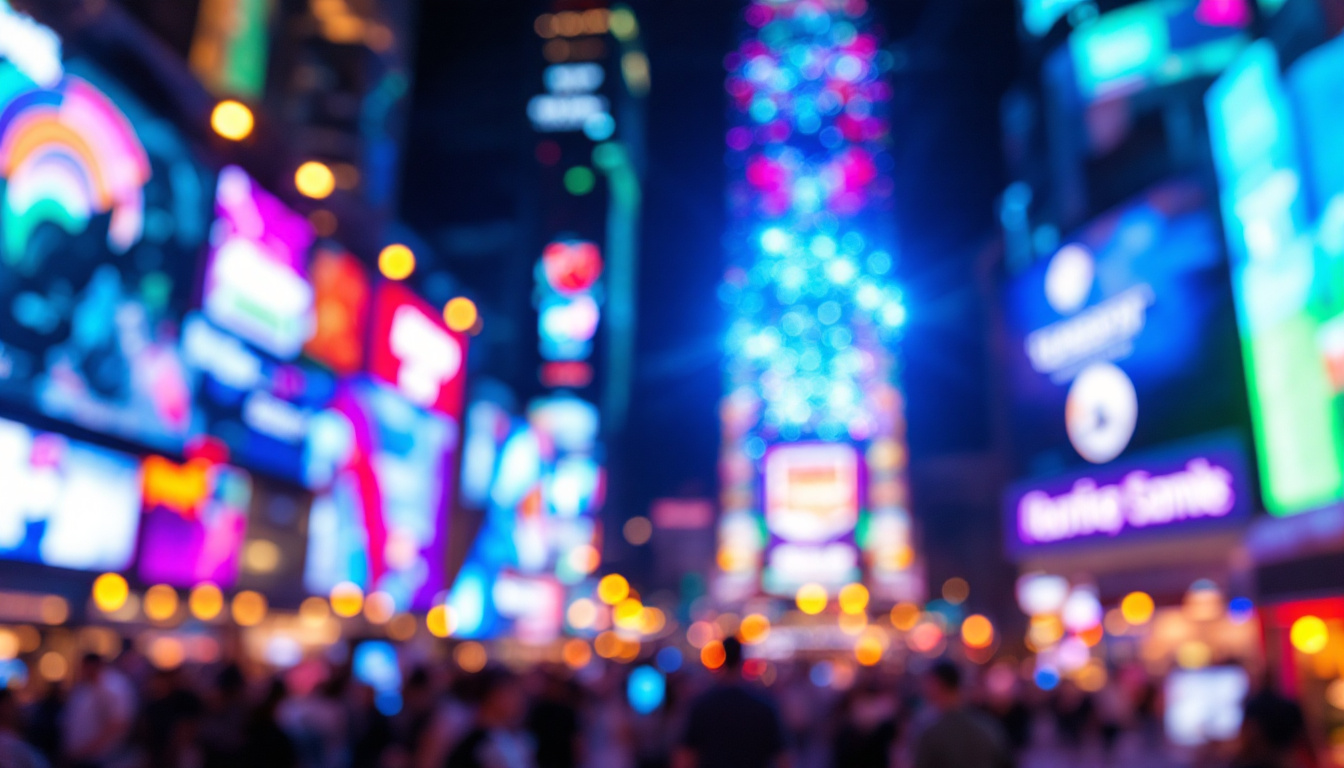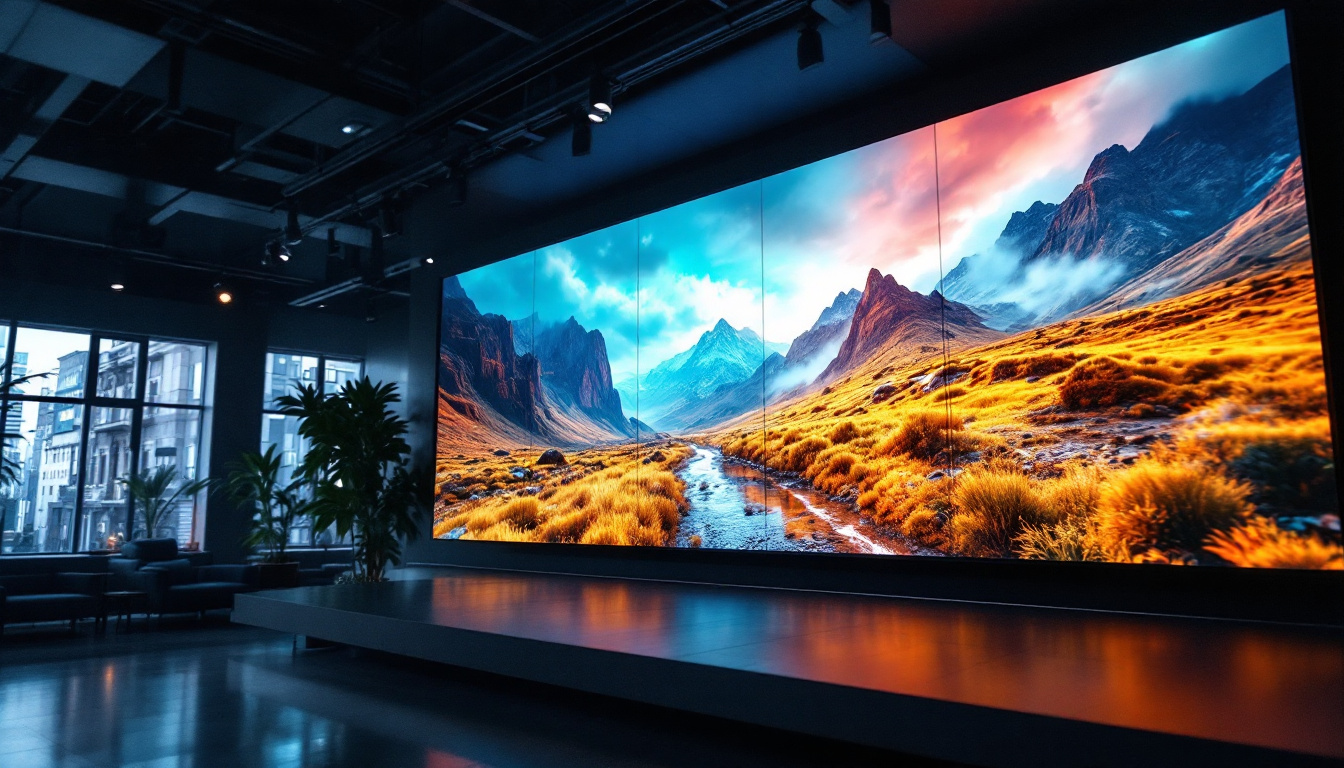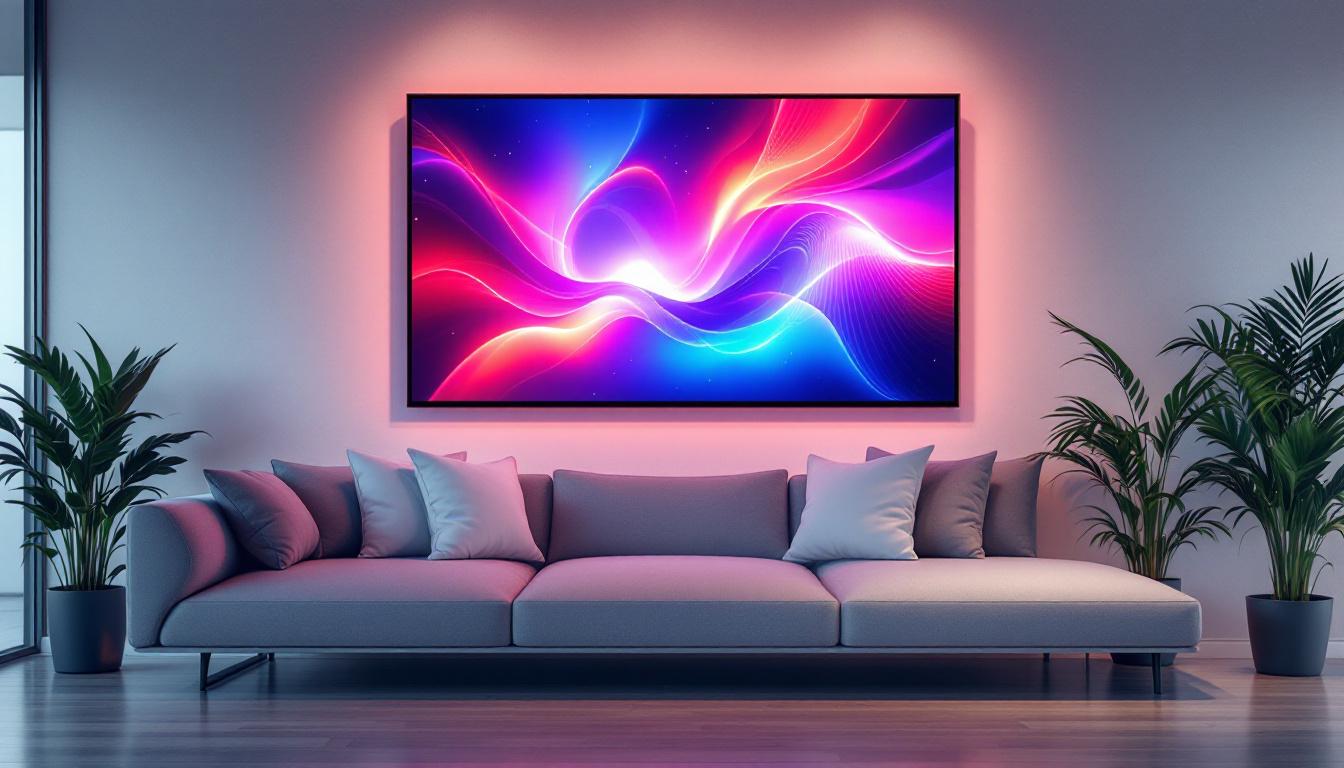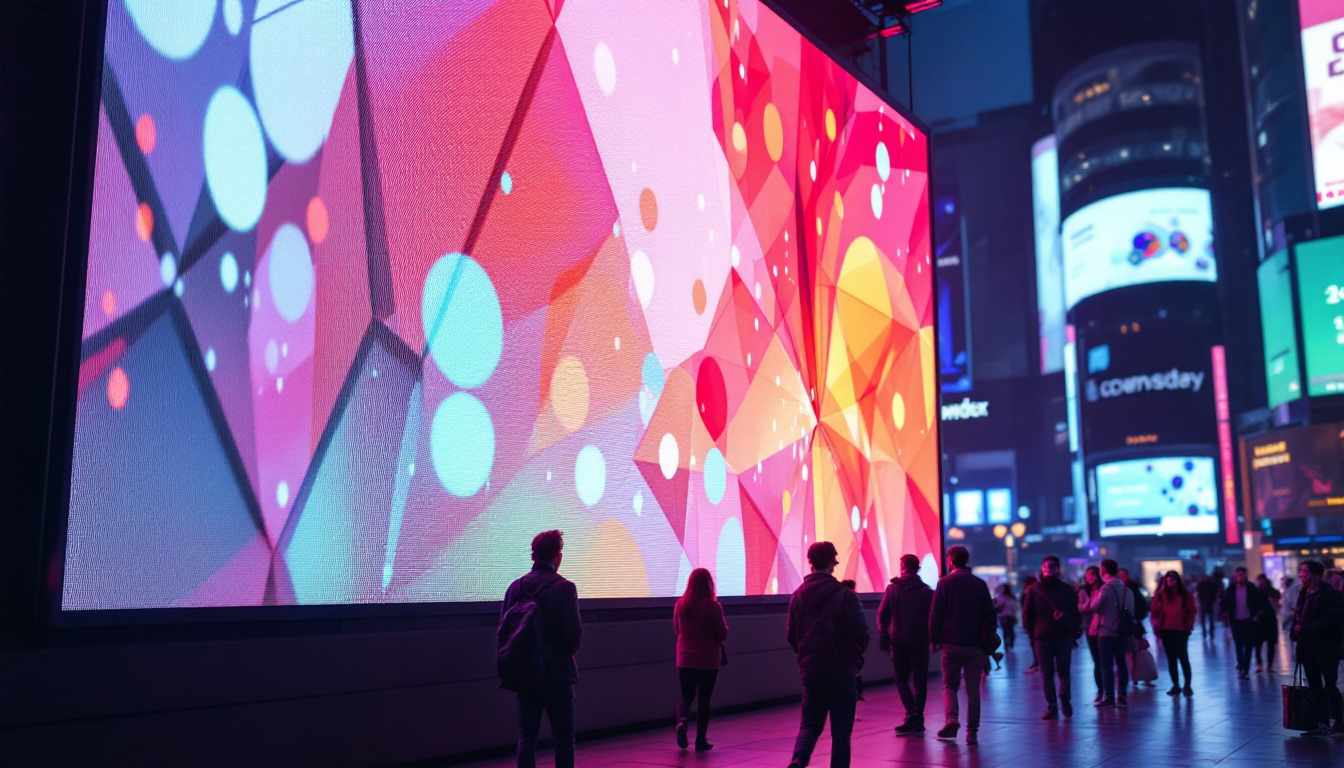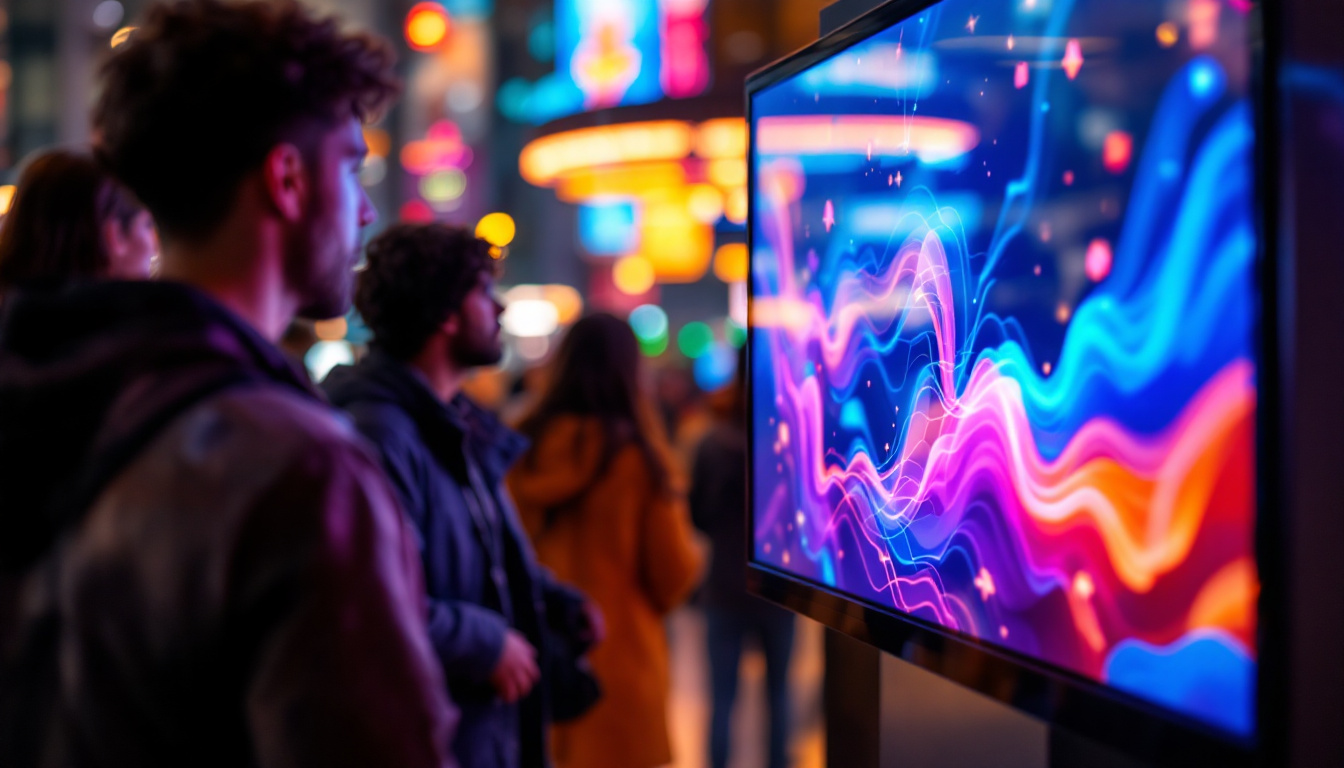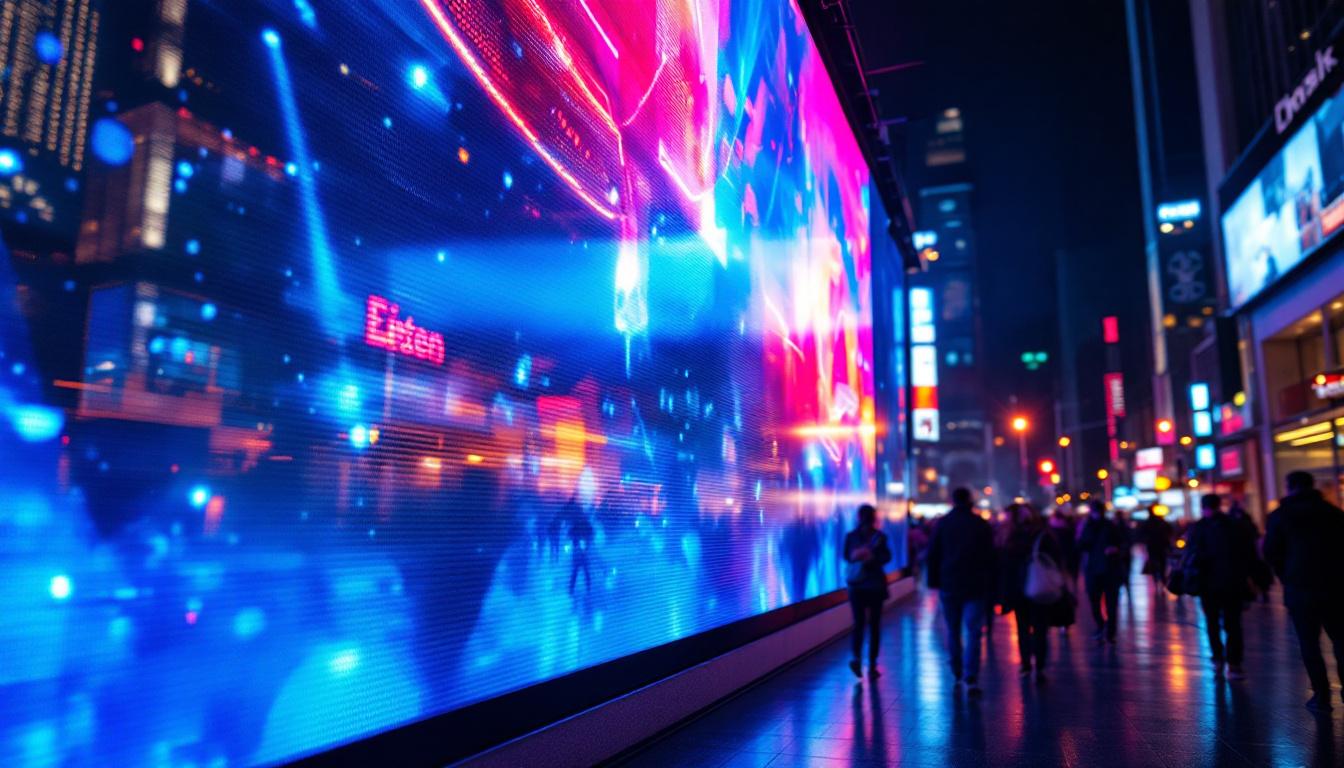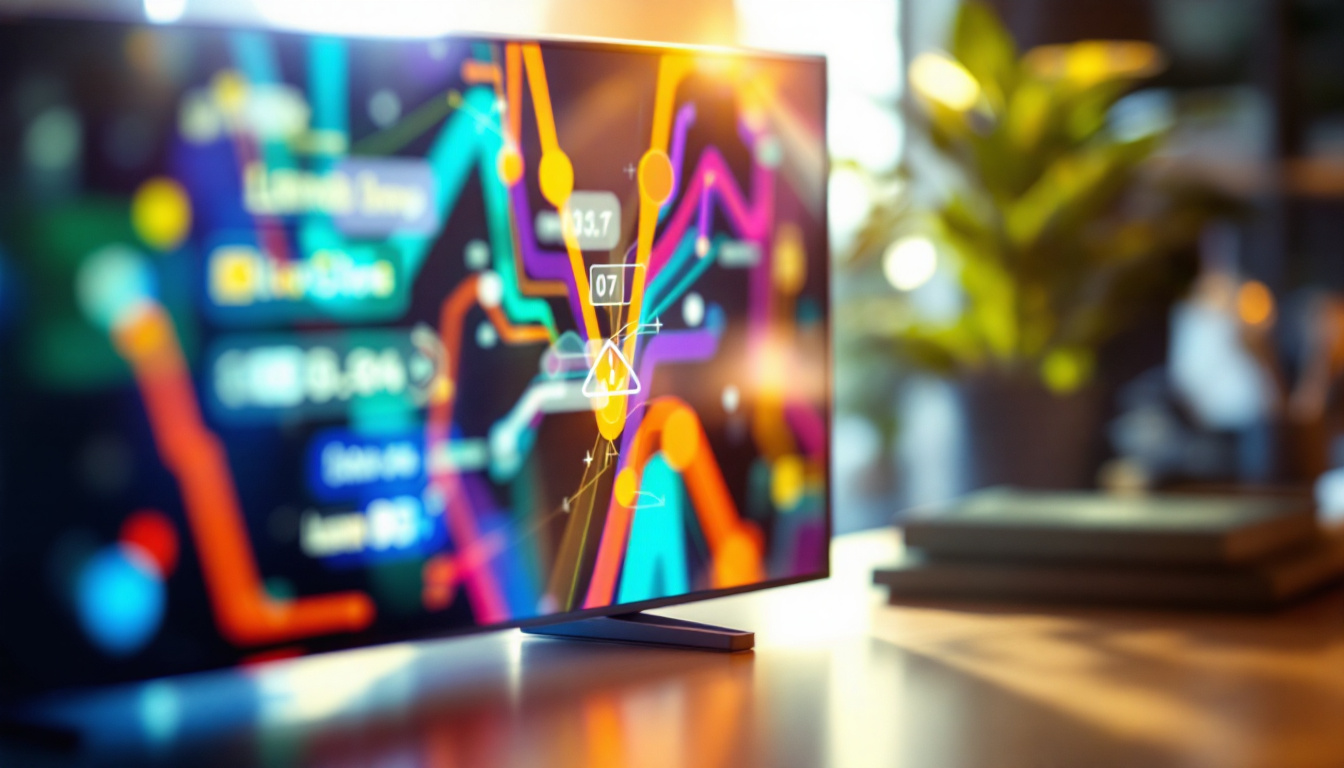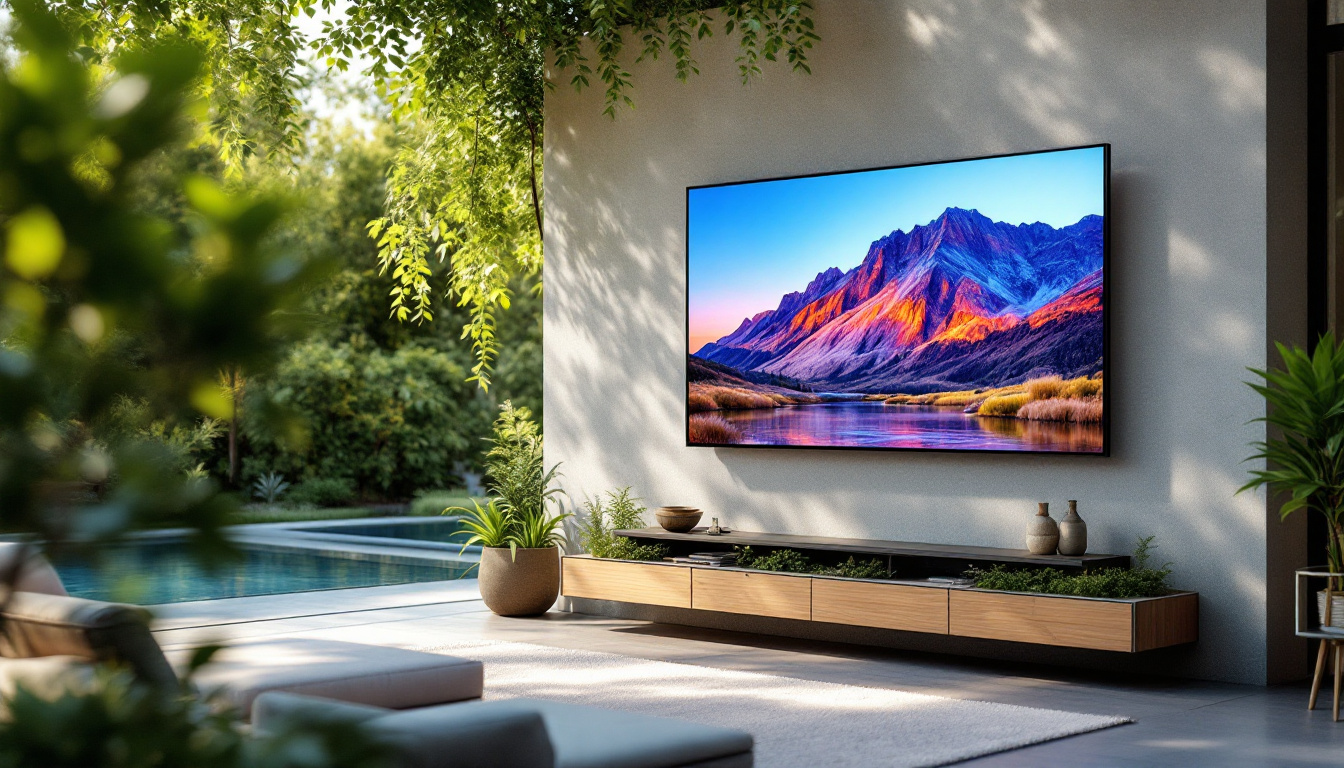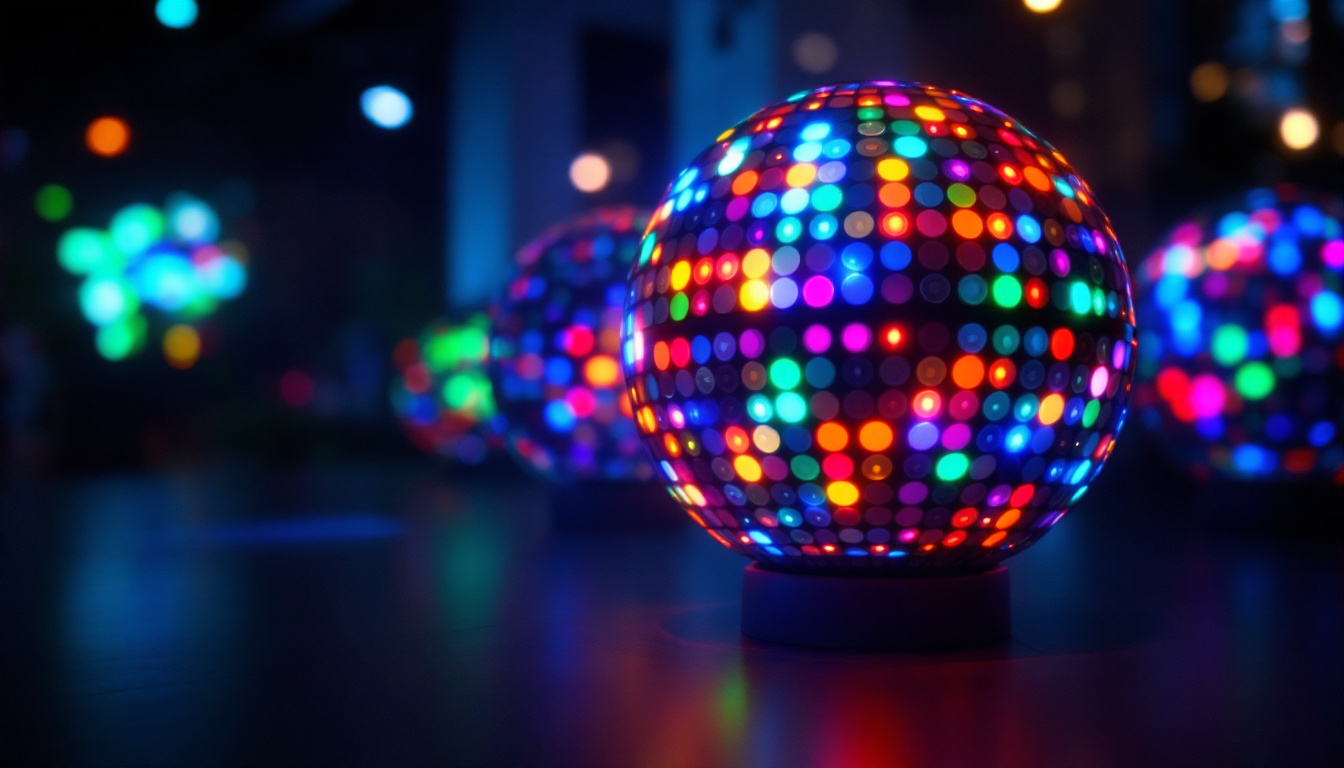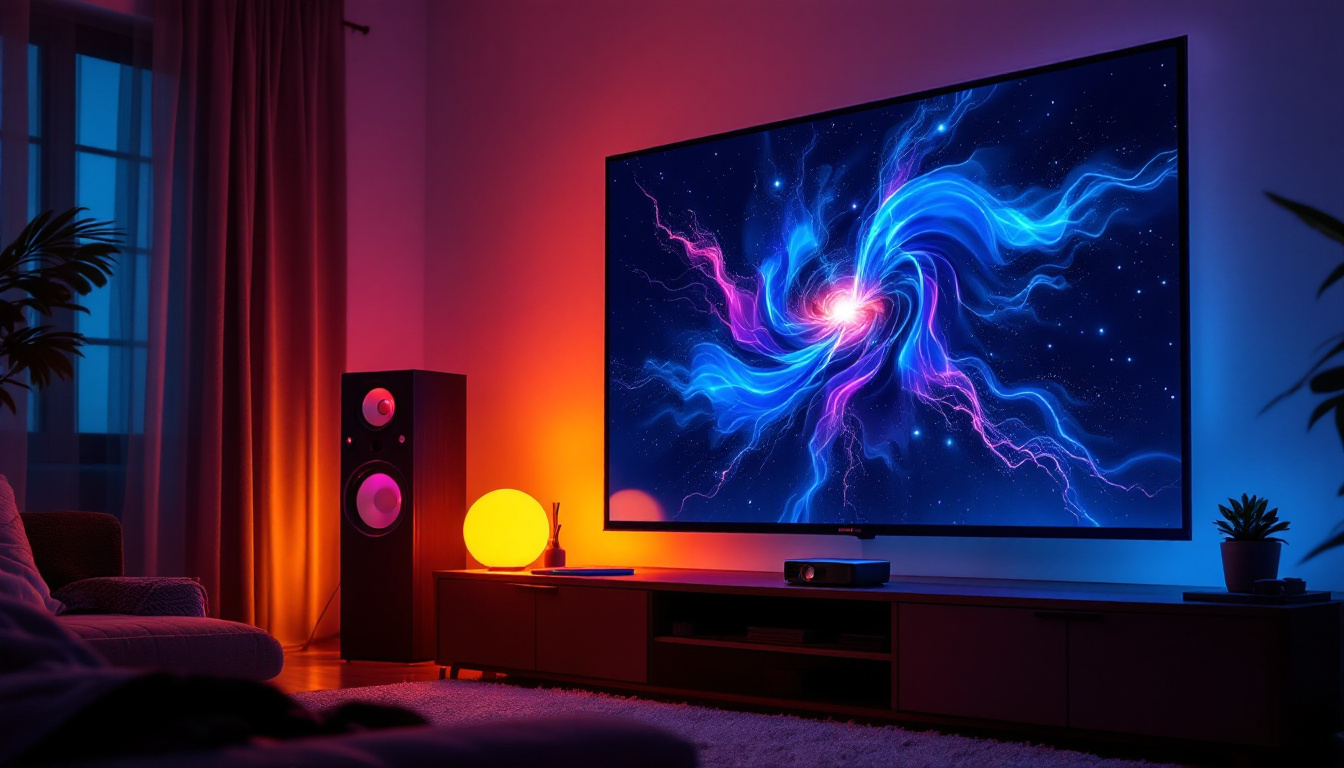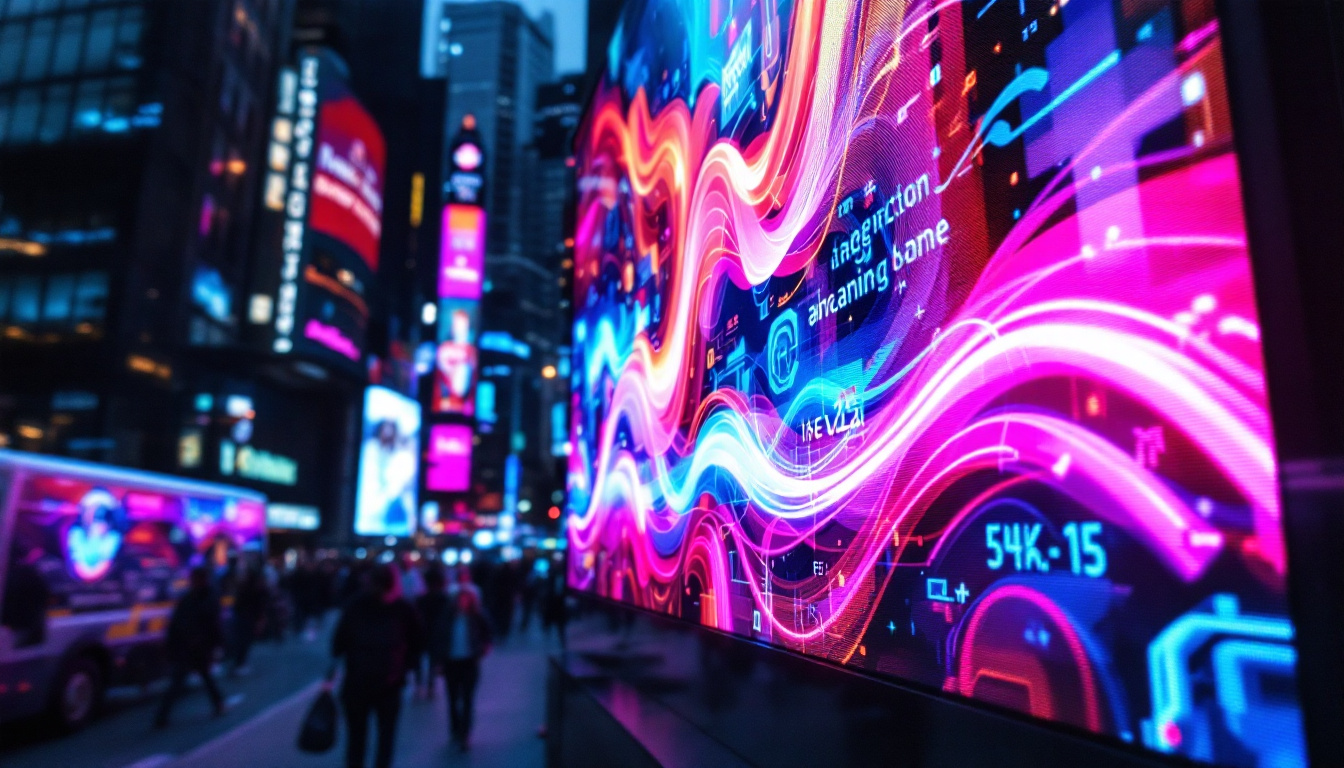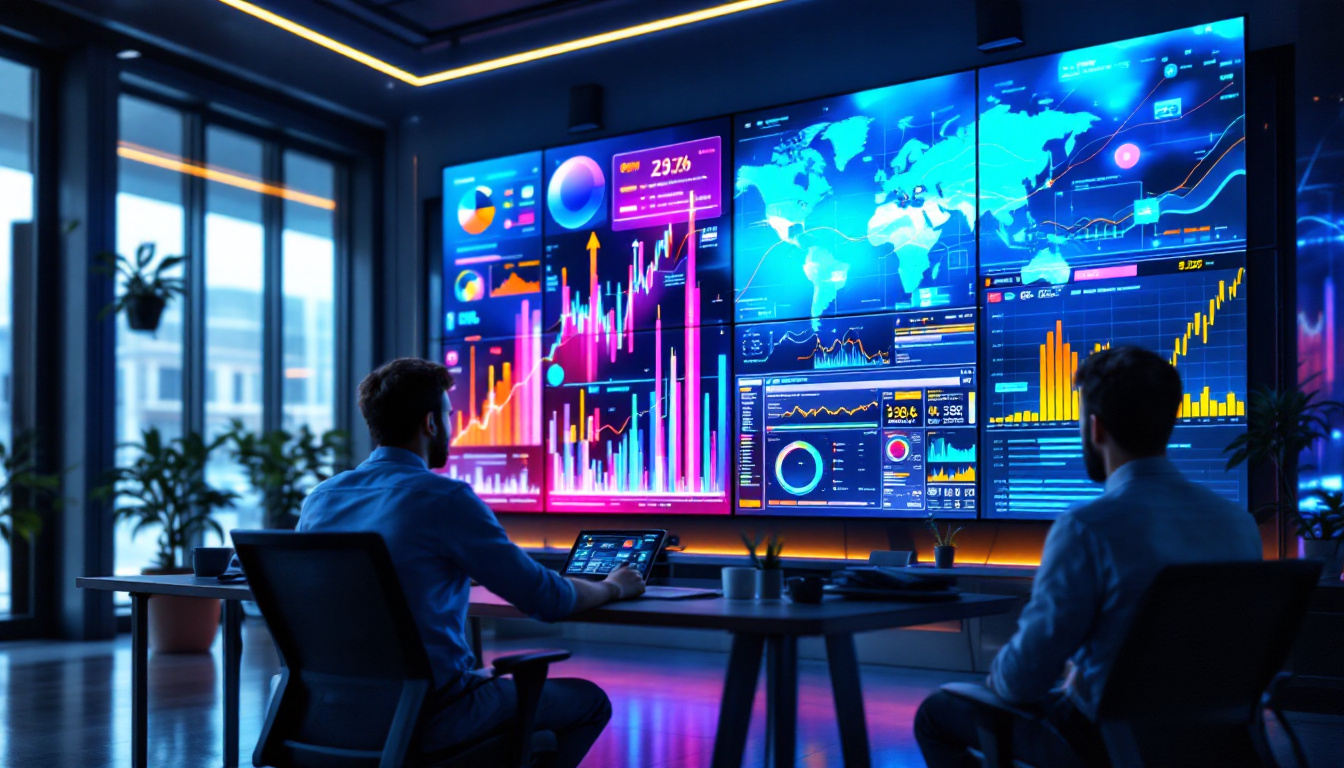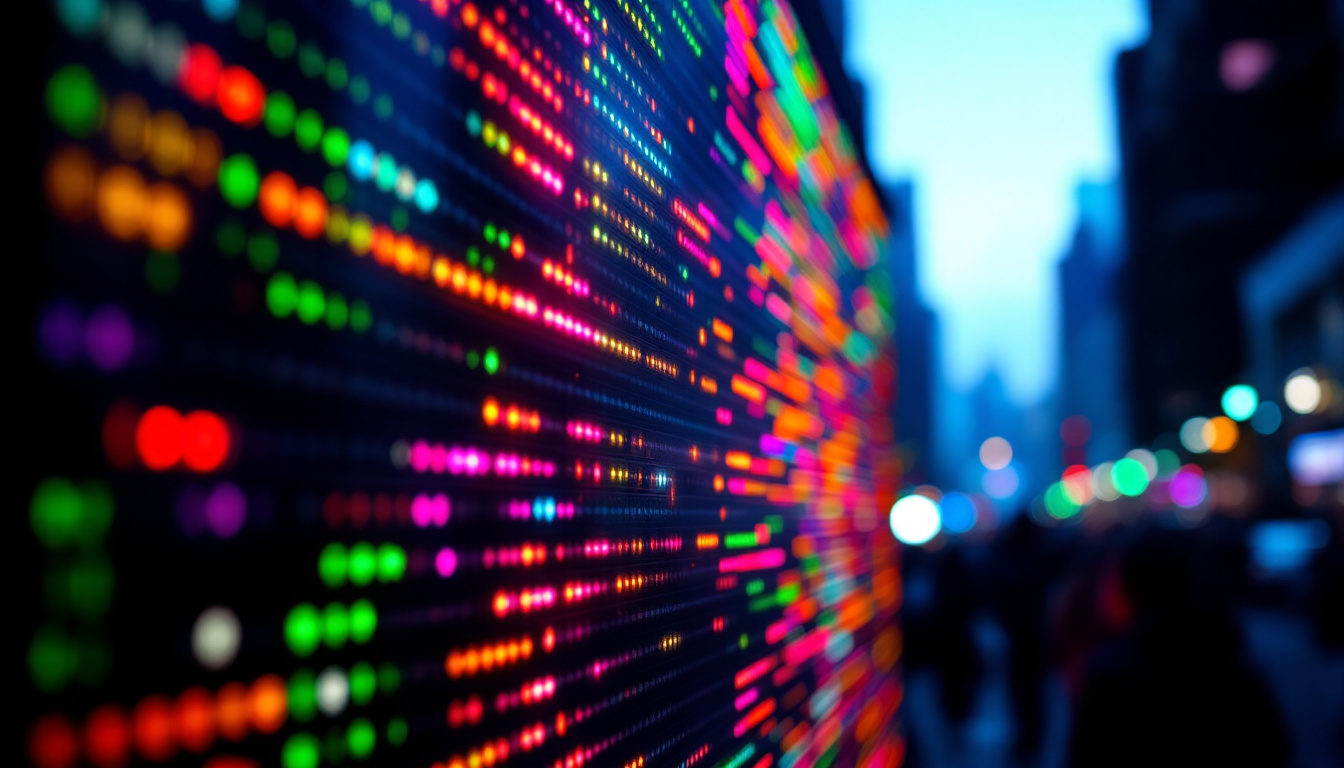In the rapidly evolving world of visual technology, LED displays have become a cornerstone for a wide array of applications, from advertising to live events. Among the leading innovations in this field is the Directlight LED display technology. This article delves into the intricacies of Directlight, exploring its features, benefits, and applications, while also comparing it to traditional display technologies.
Understanding LED Display Technology
LED, or Light Emitting Diode, displays utilize semiconductor technology to produce light. Unlike traditional display technologies such as LCD or CRT, LED displays offer superior brightness, energy efficiency, and longevity. The fundamental principle behind LED displays is the emission of light from diodes when an electric current passes through them.
The Basics of LED Technology
LEDs are composed of a chip made from a semiconductor material. When electricity is applied, electrons move through the semiconductor, emitting photons, which create visible light. This process is highly efficient, allowing for lower power consumption and longer lifespans compared to other display technologies.
LED displays can be categorized into two main types: direct view and backlit. Direct view LED displays consist of individual LED modules that form the entire image, while backlit LED displays use LEDs to illuminate an LCD panel from behind. Directlight technology primarily refers to direct view LED displays.
Key Components of Directlight LED Displays
Directlight LED displays are made up of several key components that work together to deliver high-quality visuals. These include the LED modules, power supply units, control systems, and mounting structures. Each component plays a vital role in ensuring optimal performance and reliability.
The LED modules are the heart of the display, featuring an array of tiny LEDs arranged in a grid pattern. These modules can be customized in size and shape, allowing for versatile configurations. The power supply units provide the necessary voltage and current to the LEDs, while the control systems manage the display’s content and functionality.
In addition to these components, thermal management systems are crucial for maintaining the longevity and performance of LED displays. As LEDs generate heat during operation, efficient cooling mechanisms ensure that the temperature remains within optimal limits, preventing potential damage and ensuring consistent brightness. Furthermore, advancements in technology have led to the development of smart LED displays that integrate sensors and connectivity features, enabling real-time data monitoring and interactive capabilities. This evolution opens up new possibilities for applications in advertising, entertainment, and information dissemination, making LED displays an increasingly popular choice across various industries.
Moreover, the color quality and resolution of LED displays have seen significant improvements, thanks to innovations in pixel density and color calibration techniques. high-definition LED displays can achieve stunning visuals with vibrant colors and sharp images, making them ideal for environments where visual impact is paramount, such as concert venues, sports arenas, and retail spaces. As the demand for immersive experiences continues to grow, the role of LED technology in shaping the future of visual communication becomes even more pronounced, paving the way for exciting developments in display solutions.
Features of Directlight LED Displays
Directlight LED displays come equipped with a variety of features that set them apart from traditional display technologies. These features include high brightness levels, excellent color accuracy, and wide viewing angles, making them ideal for both indoor and outdoor applications.
High Brightness and Contrast
One of the standout features of Directlight LED displays is their exceptional brightness. With the ability to reach brightness levels of over 10,000 nits, these displays can easily outperform traditional LCDs, especially in outdoor environments where sunlight can wash out images. This high brightness also contributes to improved contrast ratios, allowing for more vibrant colors and deeper blacks.
Color Accuracy and Gamut
Color accuracy is crucial for any display technology, and Directlight LED displays excel in this area. They can reproduce a wide color gamut, ensuring that images appear true to life. This is particularly important for applications such as digital signage, where accurate color representation can significantly impact viewer engagement.
Wide Viewing Angles
Another advantage of Directlight LED displays is their wide viewing angles. Unlike traditional displays that may suffer from color distortion or loss of brightness when viewed from an angle, Directlight technology maintains consistency in color and brightness across a broader range of viewing positions. This feature is especially beneficial in environments where viewers may be spread out, such as stadiums or large auditoriums.
Benefits of Using Directlight LED Displays
The adoption of Directlight LED displays offers numerous benefits for businesses and organizations. From enhanced visual experiences to cost savings, these displays are becoming increasingly popular in various sectors.
Energy Efficiency
One of the most compelling advantages of Directlight LED displays is their energy efficiency. Compared to traditional display technologies, LEDs consume significantly less power, leading to lower energy bills and a reduced carbon footprint. This makes them an attractive option for organizations looking to promote sustainability while also cutting costs.
Longevity and Durability
Directlight LED displays are designed for longevity, often lasting over 100,000 hours of continuous use. This durability is particularly advantageous for outdoor applications, where displays are exposed to harsh weather conditions. The robust construction of LED modules ensures that they can withstand impacts, vibrations, and temperature fluctuations, making them a reliable choice for various environments.
Flexibility and Customization
Another significant benefit of Directlight LED displays is their flexibility in design and installation. These displays can be configured in various shapes and sizes, allowing for creative installations that fit unique spaces. Whether it’s a curved display for a retail environment or a large video wall for an event, Directlight technology can adapt to meet specific requirements.
Applications of Directlight LED Displays
The versatility of Directlight LED displays allows them to be utilized in a wide range of applications. From advertising to entertainment, these displays are transforming how information is conveyed visually.
Advertising and Digital Signage
One of the most common applications for Directlight LED displays is in advertising and digital signage. Businesses utilize these displays to showcase promotions, products, and brand messages in a visually striking manner. The high brightness and vibrant colors attract attention, making them effective tools for engaging consumers.
In urban environments, large-scale LED billboards have become a staple, providing advertisers with the opportunity to reach a vast audience. The ability to change content dynamically allows for real-time updates, ensuring that advertisements remain relevant and timely.
Events and Entertainment
Directlight LED displays are also widely used in the events and entertainment industry. Concerts, festivals, and sporting events often feature large LED screens that enhance the audience experience. These displays can show live feeds, graphics, and animations, creating an immersive environment for attendees.
In addition to large venues, smaller events such as corporate gatherings and trade shows benefit from the portability and flexibility of Directlight LED displays. They can be easily transported and set up, allowing for dynamic presentations that captivate audiences.
Control Rooms and Monitoring
Control rooms, such as those used in security and traffic monitoring, also leverage Directlight LED displays. The high resolution and clarity of these displays enable operators to monitor multiple feeds simultaneously, ensuring effective decision-making. The ability to customize layouts and display configurations further enhances their functionality in critical environments.
Comparing Directlight LED Displays to Traditional Technologies
When evaluating display technologies, it is essential to compare Directlight LED displays with traditional options such as LCD and projection systems. Each technology has its strengths and weaknesses, but Directlight often emerges as the superior choice in many scenarios.
Brightness and Visibility
In terms of brightness, Directlight LED displays significantly outperform traditional LCDs, especially in outdoor settings. LCDs typically struggle with visibility in bright sunlight, whereas Directlight technology maintains its clarity and vibrancy. This makes Directlight the preferred choice for outdoor advertising and events.
Cost Considerations
While the initial investment for Directlight LED displays may be higher than that of traditional technologies, the long-term savings in energy costs and maintenance often make them more economical over time. Additionally, the longevity of LED displays reduces the frequency of replacements, further contributing to cost-effectiveness.
Installation and Maintenance
Installation of Directlight LED displays can be more complex than that of traditional displays due to their modular nature. However, once installed, they generally require less maintenance. Traditional technologies, particularly projectors, often need regular bulb replacements and calibration, which can be time-consuming and costly.
Future Trends in LED Display Technology
The landscape of LED display technology continues to evolve, with several trends emerging that promise to enhance the capabilities of Directlight displays. Innovations in materials, design, and functionality are paving the way for more advanced applications.
MicroLED Technology
One of the most exciting developments in the LED display sector is MicroLED technology. This innovation involves the use of microscopic LEDs to create displays with even higher resolutions and improved color accuracy. MicroLED displays are expected to become more prevalent, offering users an unparalleled viewing experience.
Integration with Smart Technology
As smart technology becomes increasingly integrated into daily life, Directlight LED displays are also evolving. The incorporation of IoT (Internet of Things) capabilities allows for enhanced interactivity and connectivity. This means that displays can be controlled remotely, updated in real-time, and integrated with other smart devices, providing a seamless user experience.
Environmental Considerations
With a growing emphasis on sustainability, future LED display technologies are likely to focus on eco-friendly materials and energy-efficient designs. Manufacturers are exploring ways to reduce the environmental impact of production and disposal, ensuring that LED displays remain a responsible choice for businesses and consumers alike.
Conclusion
Directlight LED displays represent a significant advancement in visual technology, offering unmatched brightness, color accuracy, and versatility. Their applications span a diverse range of industries, making them a valuable asset for businesses looking to enhance their visual communication strategies.
As technology continues to evolve, Directlight LED displays are poised to remain at the forefront of innovation, setting new standards for performance and sustainability. For organizations seeking to invest in a future-proof display solution, Directlight technology presents an exciting opportunity to engage audiences in more dynamic and impactful ways.
Explore the Future of Visual Engagement with LumenMatrix
Ready to elevate your visual communication and create unforgettable experiences? Discover the full spectrum of innovative LED display solutions offered by LumenMatrix. From vibrant Indoor LED Wall Displays to dynamic Outdoor LED Wall Displays, and from versatile Vehicle LED Displays to sleek LED Poster Displays, LumenMatrix has the technology to bring your vision to life. Embrace the revolution in digital signage with our LED Sports Displays, interactive Floor LED Displays, and the stunning clarity of our Custom and All-in-One LED Displays, including the cutting-edge LED Transparent Display. Don’t miss the opportunity to transform your space and captivate your audience. Check out LumenMatrix LED Display Solutions today and join the forefront of visual innovation.

